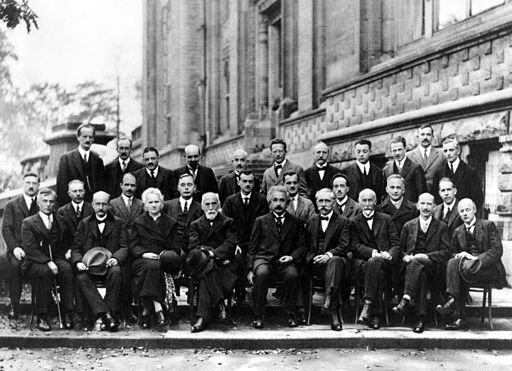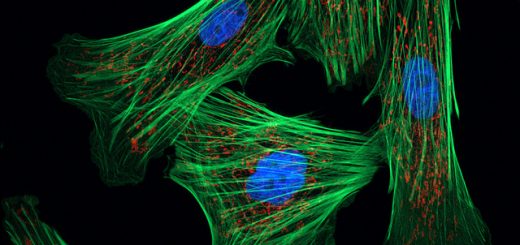Quantum Weirdness Survives Latest Experiment

The success of quantum theory is due to its consistent accuracy in establishing probabilities for the possible outcomes of experiments1. Unfortunately, its probabilistic nature often provokes unease, and, regardless of results, some find it difficult to ignore the paradoxes and apparent contradictions intertwined with quantum theory, identifying with Einstein’s famous words: “God does not play dice with the Universe”2.
One of the most widely accepted understandings of quantum mechanics is the Copenhagen Interpretation. In this interpretation, quantum systems are considered as a mixture of all possible outcomes until the system is measured by an observer. It is therefore said that the act of observing the system determines the final state. When the Copenhagen Interpretation was first presented, it was not initially accepted as it was so different from any previous physical interpretation of the universe.
One person who openly opposed the Copenhagen Interpretation was Albert Einstein. Einstein joined forces with Boris Podolsky and Nathan Rosen to work towards a more realistic explanation of the nature of quantum mechanics. In their 1935 paper, they explained that they did not disagree with what was already known about quantum mechanics, but argued that the description of quantum systems provided by the Copenhagen Interpretation was incomplete3. They imagined that there had to be some form of information ingrained within subatomic particles, hidden from the observer, which determines the outcome of any measurement. Furthermore, if an observer was able to determine these hidden variables, it would then be possible to determine a complete description of the particles’ realities.
Although their paper was criticised, the hypothesis was not completely disproven for nearly three decades. In 1964, John Bell published a mathematical proof suggesting the existence of hidden variables was incompatible with the statistical predictions of quantum mechanics4. Bell’s paper provided a recipe for experiments to test the nature of quantum mechanics, a number of which disproved the existence of hidden variables in quantum mechanics, to the satisfaction of many5. However, due to experimental limitations, additional assumptions were made in the planning of these experiments, creating ‘loopholes’, a problem until very recently. Hensen et al carried out the first experiment to simultaneously overcome all acknowledged loopholes which had hindered previous studies6. Being free of these loopholes allowed direct testing of the principles underlying Bell’s paper, without introducing any extra assumptions. The group achieved this using an elegant setup based on an idea suggested by John Bell himself. After a total measurement time of 220 hours, the results of the study allowed the group to rule out a number of variations of hidden variables theories. Strictly speaking, no Bell experiment can exclude all of the infinite number of conceivable hidden variables theories, but this study places the strongest restrictions on theories of nature to date.
With these results, it becomes even harder to dispute the validity of the Copenhagen Interpretation. Unfortunately, Einstein passed away before knowing of Bell’s Inequality. Perhaps he would agree with the following words from Stephen Hawking: “Not only does God definitely play dice, but He sometimes confuses us by throwing them where they can’t be seen”7.
Edited by Debbie Nicol
References
- d’Espagnat B. The quantum theory and reality. Scientific American 1979; 241(11).
- Rae A. Quantum Physics: Illusion or Reality, 2nd ed. Cambridge: Cambridge University Press; 2004.
- Einstein A, Podolsky B, Rosen N. Can quantum-mechanical description of physical reality be considered complete? Physical Review 1935; 47(777).
- Bell J S. On the Einstein Podolsky Rosen paradox. Physics1965; 3(195).
- Aspect A, Dalibard J, Roger G. Experimental Test of Bell’s Inequalities Using Time-Varying Analyzers. Physical Review Letters 1982; 49(25).
- Hensen B, Bernien H, Dreau A E. Experimental loophole-free violation of a Bell inequality using entangles electron spins seperated by 1.3km. arXiv 2015. http://arxiv.org/abs/1508.05949
- Hawking S. Does God play dice?; 1999. Webpage: hawking.org.uk/does-god-play-dice.










